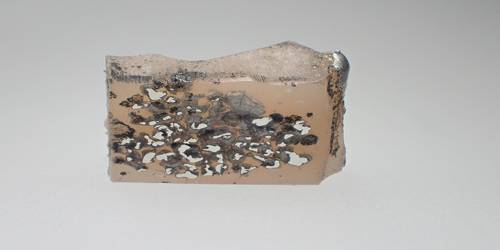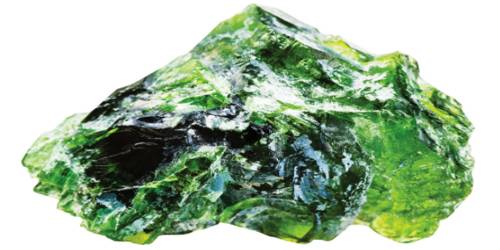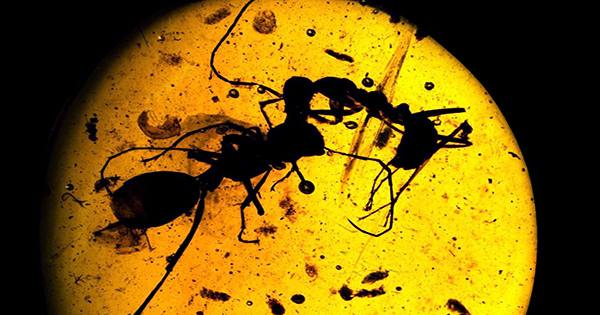Bowieite is a rhodium-iridium-platinum sulfide mineral (Rh, Ir, Pt)2S3, found in platinum-alloy nuggets from Goodnews Bay, Alaska. It was named (by the IMA in 1984) after the British scientist Stanley Bowie (1917–2008), in recognition of his work on identification of opaque minerals. The molecular weight of Bowieite is 342.08. It can be obtained as a by-product of mining and refining platinum.
When heated, the element becomes an oxide and turns back to its elemental form at high temperatures. It is resistant to corrosion and alloyed with platinum or palladium for high-temperature applications. It is used in the glass industry for the production of flat-panel glass and fiberglass.
General information
- Formula: (Rh, Ir, Pt)2S3
- Lustre: Metallic
- Hardness: 7
- Specific Gravity: 6.93 (Calculated)
- Crystal System: Orthorhombic.

Properties
- Transparency: Opaque
- Hardness: 7 on Mohs scale
- Hardness: VHN100=858 – 1288 kg/mm2 – Vickers
- Tenacity: Brittle
- Color: Gray, Pale gray, Pale brownish gray.
- Diaphaneity: Opaque
- Density: 6.93(3) g/cm3 (Calculated)
Occurrence: In platinum alloy nuggets recovered from dredging operations (Salmon River, Alaska, USA); in platinum-bearing ultramafic rocks intruded into a granite gneiss-“hornblende” gneiss complex (Gaositai, China).
Association: Platinum-iridium, platinum, osmium, laurite, silicate inclusions (Salmon River, Alaska, USA).
Information Source;
















